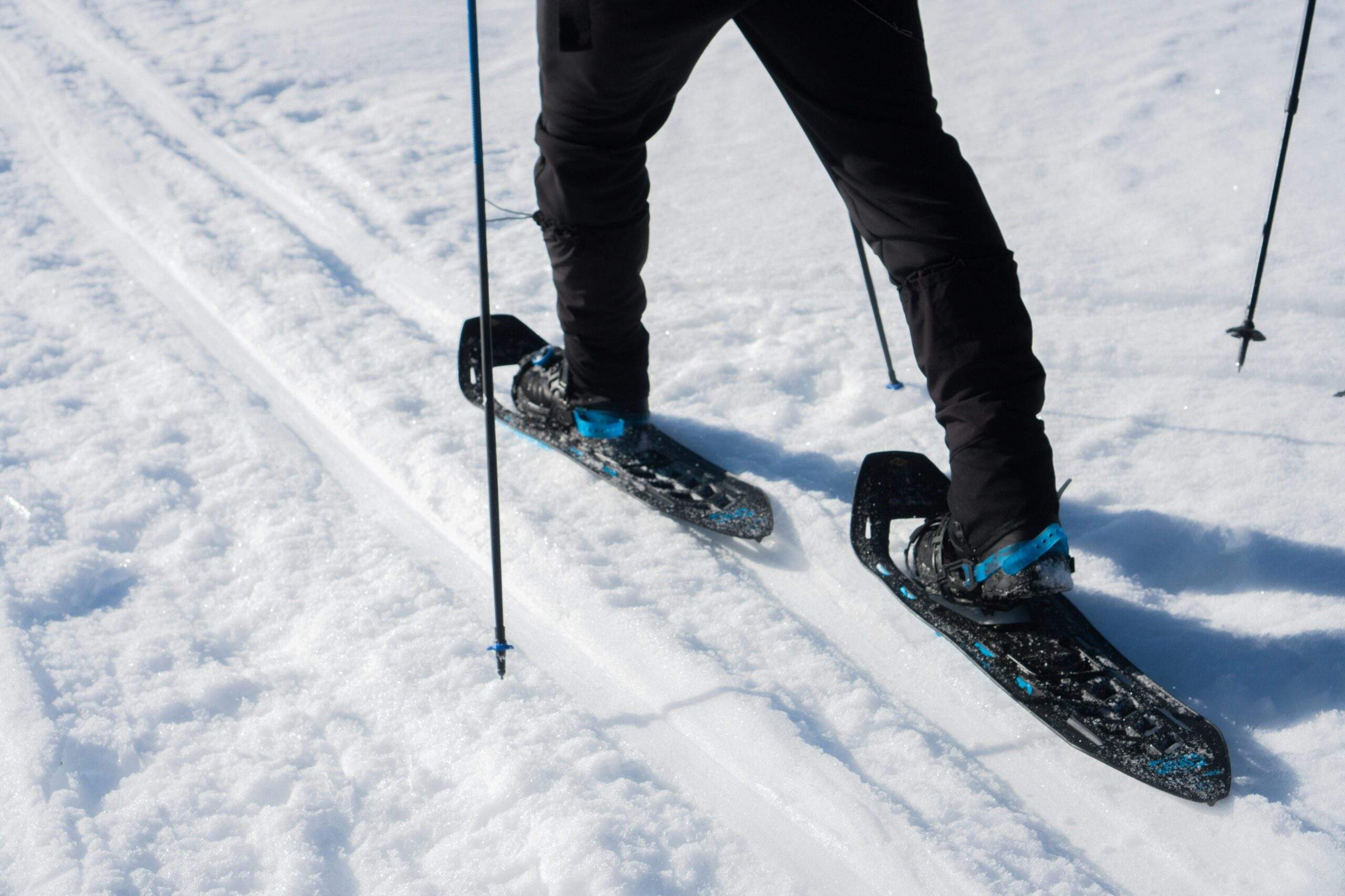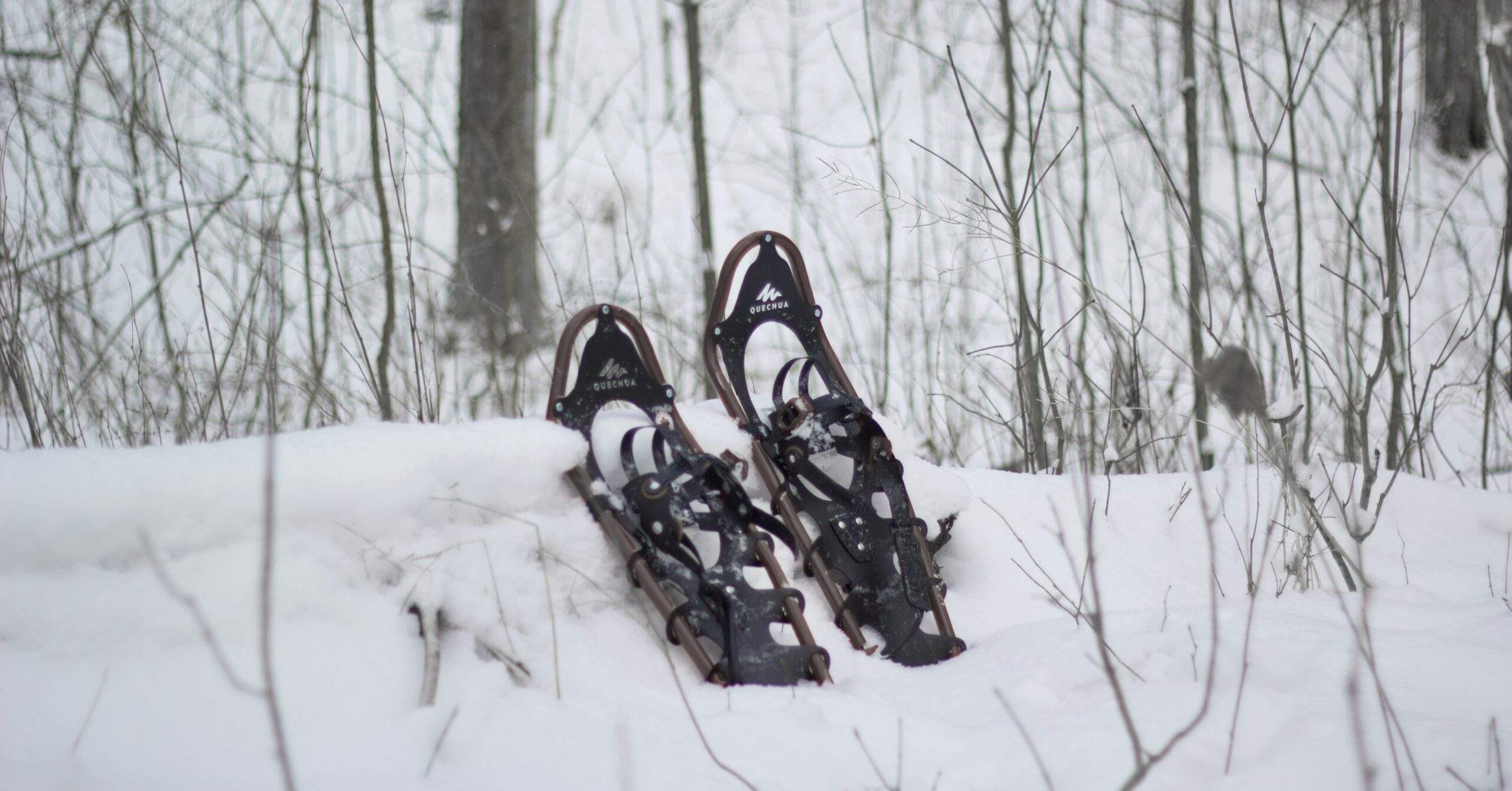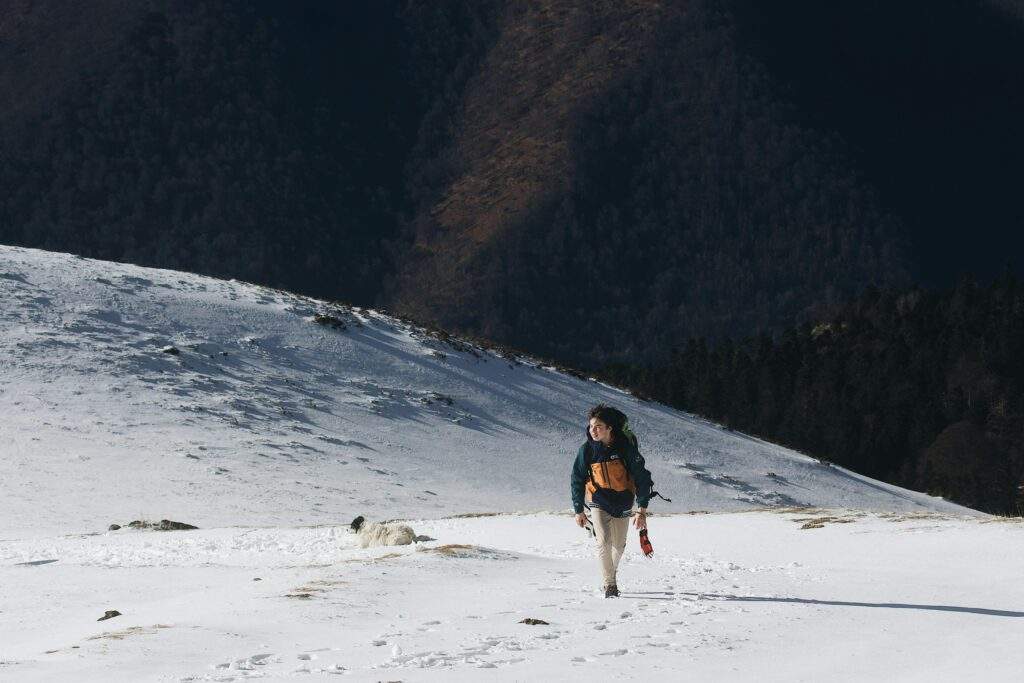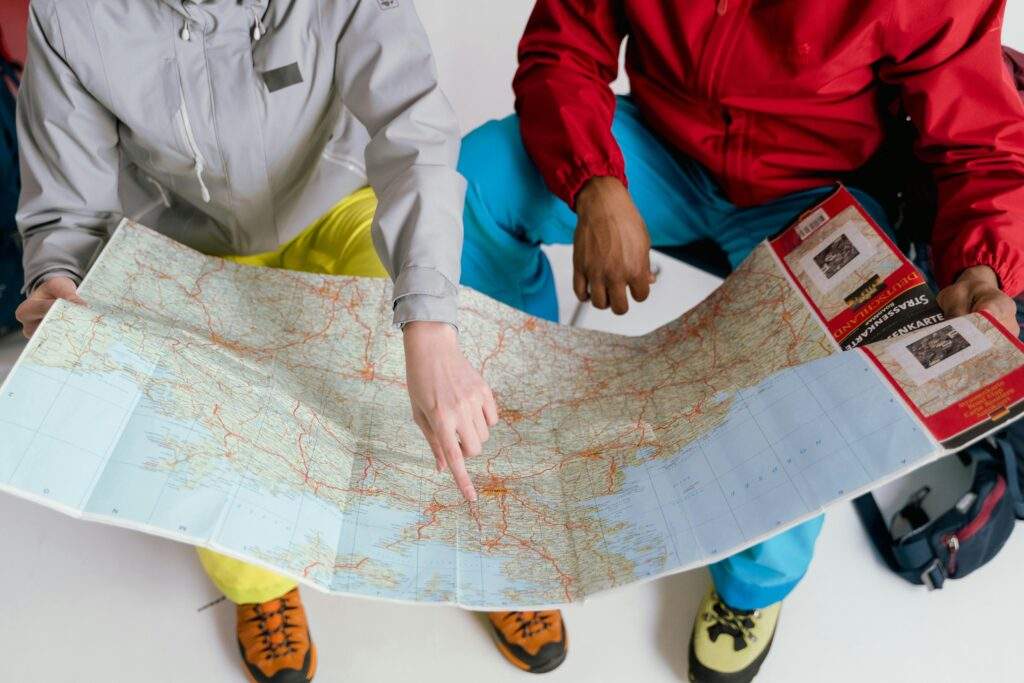Ever felt like your fingers were going to snap off because you forgot gloves during a snowshoeing trip? Yeah, it happens more often than you’d think. Cold weather can turn an epic snowshoeing tour into a frostbitten nightmare if you’re not prepared. Don’t let icy temps ruin your next adventure—stick around to learn cold-weather safety tips that’ll keep you cozy even when the mercury drops.
In this guide, we’ll explore why cold weather safety is so important (with a few horror stories for good measure), a step-by-step plan to prep for winter snowshoeing, and some brutally honest advice on what *not* to do. Buckle up—your ultimate cold-weather toolkit starts now!
Table of Contents
- Key Takeaways
- Why Cold Weather Safety Matters
- Step-by-Step Prep Guide for Snowshoers
- Top 5 Cold Weather Safety Tips
- Real-Life Success Stories from Winter Warriors
- Frequently Asked Questions
Key Takeaways
- Layer clothing strategically to regulate body temperature.
- Hydration is crucial—even in freezing temperatures.
- Avoid sweating excessively by pacing yourself on the trail.
- Pack emergency supplies like hand warmers, extra socks, and a first aid kit.
- Know the signs of hypothermia—it could save your life.
Why Cold Weather Safety Matters
Snowshoeing through fresh powder under a crisp blue sky sounds dreamy, right? But here’s a wake-up call: ignoring cold weather safety can lead to disaster faster than you’d expect. Picture this—I once forgot my waterproof boots and had soaked feet within minutes. The result? Numb toes, zero fun, and a long trek back to the car with soggy socks.
This isn’t just about comfort; it’s about survival. Hypothermia sneaks up quietly but hits hard. It doesn’t matter how fit or experienced you are—if you’re unprepared, Mother Nature will remind you who’s boss.

Proper gear makes all the difference. Be sure to layer wisely!
Step-by-Step Prep Guide for Snowshoers
Let’s talk logistics. Getting ready for a snowshoeing tour involves planning ahead. Here’s how:
Step 1: Dress in Layers
Dress too warmly at first, and you’ll sweat. Sweat turns cold quick, which = bad news. Instead, start with moisture-wicking base layers, add insulation, then top it off with windproof outerwear. Think burrito—not marshmallow!
Step 2: Check Weather Conditions
Always check forecasts before heading out. Wind chill factors double the danger level. If winds are whipping above 20 mph, rethink your plans—or at least pack extra protection.
Step 3: Carry Emergency Supplies
Your backpack should include:
- Hand warmers
- An emergency blanket
- Snacks high in calories
- A thermos of hot tea or soup
“Optimist You:” “I’ll never use these.”
“Grumpy You:” “Yeah, until you desperately need them.”*
Top 5 Cold Weather Safety Tips
Tip 1: Keep Moving—but Not Too Much
You want blood flowing, but avoid working up a sweat. Pace yourself like Goldilocks: “Not too fast, not too slow.”
Tip 2: Stay Hydrated
Dehydration happens faster in cold air since you don’t feel thirsty as easily. Sip water regularly; bonus points for electrolyte tablets.
Tip 3: Watch Out for Wet Feet
Mistakes happen. Crossing streams? Double-bag your boots with plastic bags inside for added waterproofing. Yes, seriously.
(Terrible Tip Disclaimer)
Cotton clothes sound comfy, right? Wrong. Cotton holds onto moisture and freezes you solid. Avoid it entirely unless you enjoy feeling like a popsicle. #FailsOfTheYear
Tip 4: Monitor Buddy Systems
Travel with friends, especially in remote areas. If someone starts shivering uncontrollably, get moving toward warmth ASAP.
Real-Life Success Stories from Winter Warriors
I met Sarah last year after she conquered Canada’s Banff trails solo. Her secret weapon? Layered wool socks paired with waterproof boots—and a killer playlist to keep spirits high. She also stressed carrying a satellite messenger device in case phone signals fail. “You never know,” she said. Wise words, Sarah. Wise words.

Preparation pays off. This adventurer nailed her snowshoeing goals with smart planning.
Frequently Asked Questions
FAQ 1: What’s the most common mistake beginners make?
Under-dressing. Beginners often underestimate how cold they’ll get mid-hike. Always overdress slightly—you can always shed layers.
FAQ 2: How do I prevent frozen water bottles?
Keep your bottle upside-down to prevent ice forming at the opening. Better yet, bring an insulated flask filled with hot liquid instead.
FAQ 3: Is snowshoeing safe for kids?
Absolutely! Kids adapt quickly to new environments. Just ensure they have proper gear and supervision.
Conclusion
Frozen fingers no longer stand between you and your next snowshoeing adventure. Remember our golden rules: dress smartly, hydrate relentlessly, and prepare thoroughly. And hey—one day, maybe you’ll tell your own wild winter tale without any frostbite drama.
Like a Tamagotchi, your snowshoeing success requires daily care—and plenty of Cold Weather Safety Tips. Happy trails, adventurer!


